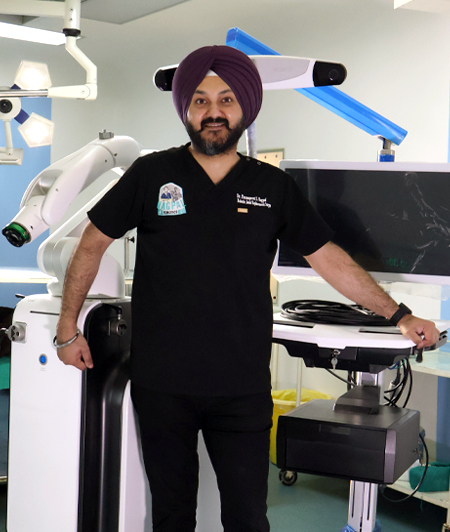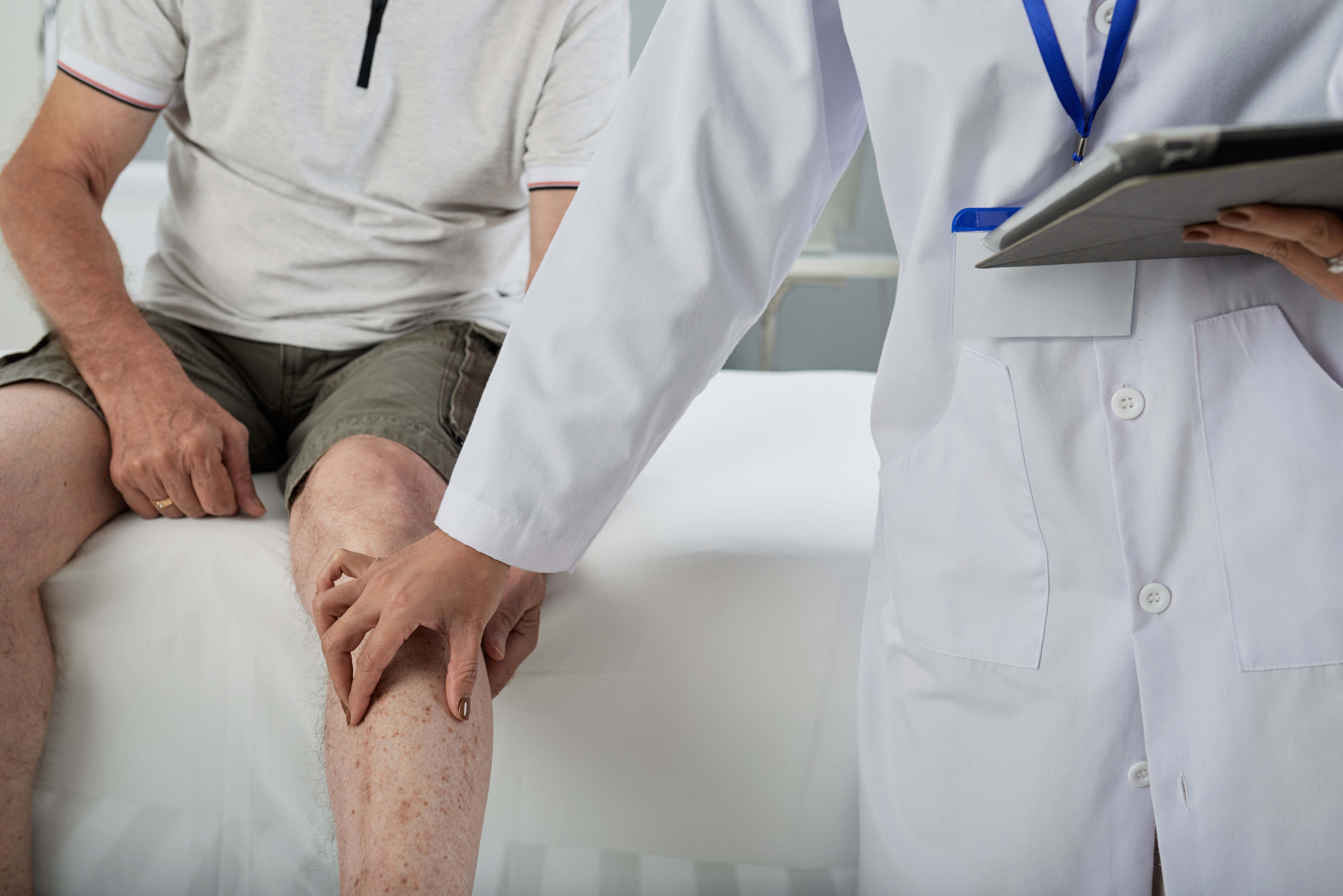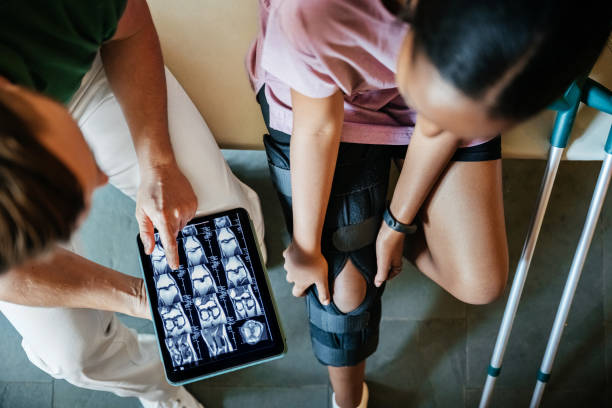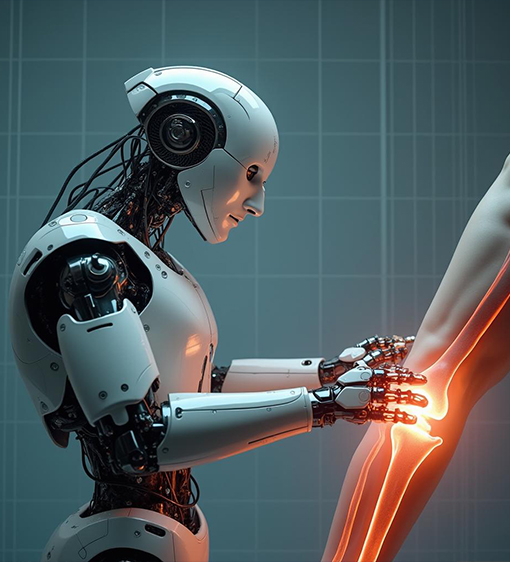Can Robotic Knee Replacement Fix Your Pain?
Published on: 2024-07-30
Knee pain is constant companions, turning every day activities into a challenge. If it's that aching sensation which greets you upon going up stairs, or the numb pains you feel when walking on your knees, pain in the knees will significantly impact your overall quality of living. Many find that seeking relief isn't simply a wish It's an absolute necessity. As medical technology advances new solutions have been developed to tackle this issue. One solution that is gaining popularity is the robotic knee replacement procedure. But what exactly does this revolutionary method involve? Are there any benefits for anyone with knee discomfort? Let's explore the subject of knee replacements using robotics and consider how they can provide hope to those in search of relief from the pain they endure.
Understanding Knee Pain

Knee pain impacts millions of people across the globe that span age groups and different lifestyles. The cause can be a result of a variety of reasons, such as injury, arthritis, or wear and tear from time.
Most injuries are the result of sports events or incidents. Meniscus or ligament tears may cause swelling and joint pain.
Arthritis can be another cause hidden under the layer. Rheumatoid arthritis and osteoarthritis can damage cartilage and cause pain-inducing friction when moving.
There are times when knee pain is not due to any obvious cause. It could be a sign of deeper problems such as bursitis or gout.
No matter the reason the knee injury can significantly impact everyday life, making simple tasks difficult. Finding out the cause of knee pain is essential to determine the most effective treatments that can help restore flexibility and comfort.
What is Robotic Knee Replacement?

A knee replacement that is robotically designed is a cutting-edge surgical procedure using cutting-edge technology improve the accuracy of knee operations. In contrast to traditional techniques that use the use of a robot that is controlled by a specialist surgeon's experience.
The robot helps plan and performing the procedure with incredible precision. It examines photographs of the knee joint prior to surgery, which allows for custom-designed solutions specific to each individual's anatomy.
This procedure allows surgeons to create more precise cuts and adjustments during surgery. This increased precision could result in better performance as well as faster recovery times when in comparison to traditional techniques.
Patients are less likely to experience trauma on surrounding tissues as a result of this adroit movement. In the end, people experience less pain following surgery, and better mobility faster than anticipated.
Benefits of Robotic Knee Replacement

A knee replacement that is robotic offers number of benefits that are appealing to surgeons as well as patients. A major benefit is increased precision in surgical procedures. Robots to ensure that the implant is aligned properly, leading to a better joint's function.
Another advantage is a shorter recovery time. A lot of patients are getting back to their feet faster than they would with conventional methods. This results in less time spent on the sidelines and quicker return to routine tasks.
In addition, robotics systems typically produce less tissue damage when performing the procedure. A minimally invasive procedure could result in less pain following surgery, and less risk of complications.
The robotic-assisted surgery also allows for more customized implants that are in accordance with the anatomy of each patient. The ability to tailor the implant for each patient improves results and patient satisfaction.
Numerous studies have shown improved general success rates using robotic methods compared to traditional methods. This makes robot knee replacements a popular choice for patients suffering from arthritis in the knee.
The Procedure: How Does it Work?

The process of replacing your knee robotically begins with sophisticated imaging methods. The surgeons can create an accurate 3D model of the knee. This allows them to design the procedure precisely while ensuring the proper alignment and fit to the surgical implant.
In the operating room the patient will receive anesthesia. The surgeon makes tiny cut-outs in your knee joints. Contrary to conventional methods which rely in large part on hand dexterity robotic systems increase precision throughout the process.
Robots assist as surgeon takes out damaged cartilage and bone tissue. The robot is careful in securing the new implant on the pre-surgical plan, greatly cutting down on human error.
During this procedure, real-time feedback can ensure that things are working as planned. Combining technology with skilled surgical skills leads to improved results for many patients looking to get relief of pain and limited mobility due to knee issues.
Recovery and Success Rates

Recovering from a knee replacement with robotics is a transformational encounter for many patients. Many patients start exercise within a few days after the operation, with a focus on building strength and mobility. The early intervention is vital for promoting healing.
The success rates of robotic knee replacements are awe-inspiring. The research shows that 90 percent of people have substantial relief from pain and improvement in functionality within the first year. The accuracy of robotics is a key factor to these results, as it allows surgeons to achieve more precise positionings.
Patients are often able to return to their normal activities earlier than they would with conventional methods. Some even return to sports and exercises they believed had been put off.
It is important to keep in mind that every recovery process is an individual one. Things like the age of the patient, health overall and the ability to stick with rehabilitation are crucial to the success of each individual.
 +91 98551-63355
+91 98551-63355















